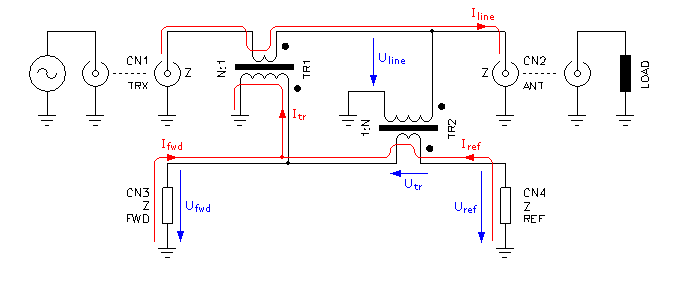Hello,
since my other thread is not getting much attention as the topic /title/ might not be so attractive, I've decided to separate this coupler stuff from it.
I need a directional coupler for the frequency range of 400kHz up to 150 MHz (20dBm max. operating power, coupling 15-20dB). Unfortunately, I can not find any off the shelf component to fit this frequency range. I have found some, but they are no longer made, or have found others with ultra wtf pricepoints. Can someone recommend where to source this stuff?
As I need the coupler for a project that I do to learn some new stuff, I have also considered building my own coupler. Below are the results.
I have used an uknown dual aperture core to make a 15dB coupler. It kinda works. Insertion loss about 0.75dB, coupling 15.6dB and directivity 25dB (well... nothing exceptional). All measured at 118MHz +7dBm only, as my home lab is quite under-equipped regarding RF test equipment. But I plan to further characterize all of these couplers on a VNA - if they let me use it.

This coupler using dual aperture core was wired as following. Winding ratio 1:6.

I then proceeded to reverse engineer a
MiniCircuits ZEDC-15-2B coupler. What I have found interesting, is that it is wired in different manner, like this. Why? What is the difference? Also, the ISOLATED port is terminated using a parallel combination of 50R and some unknown capacitor. What may be the purpose of the capacitor? (apart from the obvious that with increasing frequency the termination impedance gets lower).

I also plan to make a coupler using two separate toroidal cores. Let's see, what the difference in parameters will be.
How is one supposed to increase the directivity of the coupler?
Thx, Y.